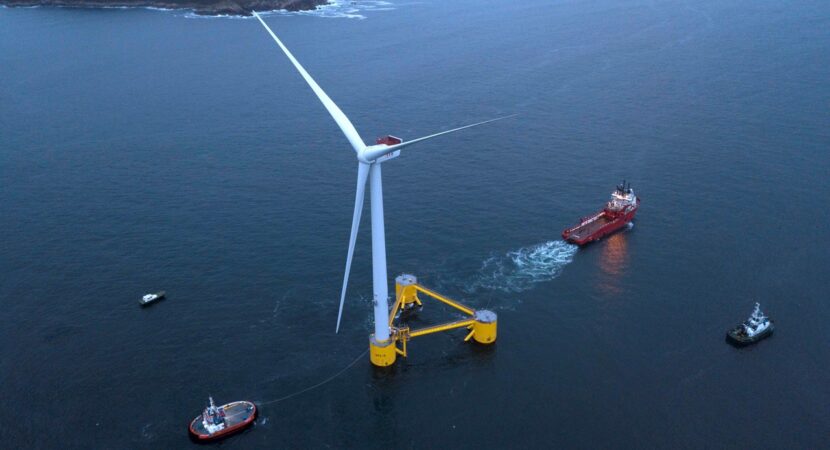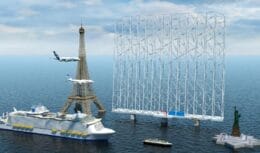
The cost of wind energy could be cut in half or more over the next 30 years, allowing wind to play a greater role in future renewable energy grids around the world.
Offshore wind, which is more expensive and therefore much less common than onshore wind, will see the biggest price drops. Much larger turbines will increase capacity three times, creating economies of scale that will reduce the cost of energy per megawatt-hour.
Read also
- Portable bladeless wind turbine for urban spaces, could revolutionize the generation of renewable energy in the world
- Rolls-Royce of the BMW group, construction of the largest aircraft engine in the world that combines turbine and gears begins
- New portable wind turbine generates energy anywhere, in addition to being able to operate in conjunction with solar panels
- Ambev implements 5G for beverage delivery via drones in Brazil
- Odebrecht distributes millionaire bonuses to employees; in parallel, the group's ethanol plants have filed for bankruptcy
Offshore floating wind power, which is currently the rarest and most expensive form of wind power, is expected to become much cheaper and could account for a quarter of all offshore development by 2035.
These improved costs could significantly expand the potential sites for economically viable offshore wind farms, as they will not be so limited to areas where the wind is adequate and the water is shallow enough to pin them to the ocean floor.
Giant offshore turbines will reduce the cost of wind energy by 37 to 49 percent by 2050
The paper, led by Lawrence Berkeley National Laboratory in the United States, with input from a variety of other academic institutions, surveyed 140 wind energy experts, a process known as "expert elicitation." He found that a combination of factors, particularly turbine size, would reduce the cost of wind by 37 to 49 percent by 2050.
This represents a 50% improvement in outlook compared to a similar study conducted in 2015. This is yet another example of the tendency to massively underestimate the trajectory of renewable energy costs over time, and bodes well for other technologies such as large-scale batteries and green hydrogen.
All three forms of wind energy: onshore, offshore and floating offshore will become cheaper
Experts predicted cost reductions in all three forms of wind energy: onshore, offshore and floating offshore.
Experts say fixed-fund offshore wind is likely to see the biggest drop in costs, with an average cost drop of 49 percent, and in the most optimistic scenarios, putting it at 64 percent.
Floating offshore wind had an average price drop of 40 percent and a maximum of 56 percent, and onshore it had an average price drop of 37 percent and a maximum of 54 percent.
Bladeless turbines could revolutionize wind farms and change the world of renewable energy
Vortex Bladeless, a tech start-up based in Spain, is developing wind turbines that don't need blades (or propellers). One of the objectives is to be able to use these turbines in urban and residential spaces, where the impact of ecological parks would be too great. Similar to a “giant straw”, according to its creators, it came to change the world of renewable energy.
David Yáñez, the inventor of these turbines, says that they can be a complement to photovoltaics “because solar panels produce electricity during the day, while wind speeds tend to be higher at night”. “But the main benefit of the technology is to reduce its environmental impact, its visual impact and the cost of operating and maintaining the turbine”, he adds.
Vortex Bladeless claims that the turbine is not a danger to bird migration patterns, or to wildlife, especially if used in urban environments. Additionally, he states that the noise created would be at a frequency practically undetectable for humans.












Air Force F-16 fighters…
True friend, what they shot down were…
Air Force F-16 fighters…
I would like to know what planet you live on…
Air Force F-16 fighters…
Everything is fine, 100-year secrecy,…
Air Force F-16 fighters…
Well... It's flying scrap... Typical...
Air Force F-16 fighters…
Which genocide are you talking about? Than…
I am a professional plasterer in the Drywall lining area…
When will it be released here
Liked
Unfortunately this comment cannot be edited,…
I have a Cross XRE 2023..
There is one detail, it left the station…
Wow...an idiot responding to an idiot. O…
I know how to paint and carp...